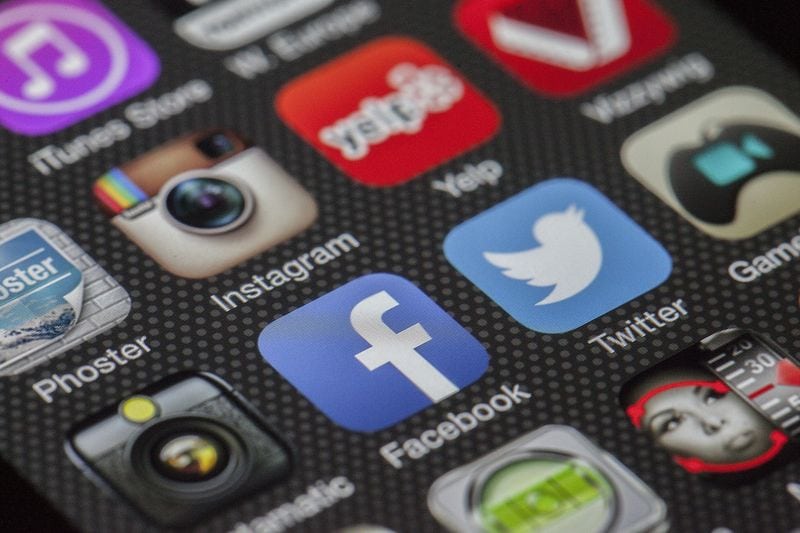What you need to know about how to save money using a cell phone in Europe, SIM cards, and data roaming.
Here are our best travel tips for getting fast, reliable data in Europe as you travel.
Using A Cell Phone In Europe: How to Save Time, Money and Hassle

Having fast, reliable cellular data on your mobile phone is a must when traveling Europe.
Are you wondering “Can I buy a phone in the US and use it in Europe?” The short answer is yes, you can use your own phone and phone plan, but it might be incredibly expensive.
Can I use my American or Canadian cell phone in Europe?
Almost all modern mobile devices are compatible with European cellular networks, so you should be able to use your phone in European countries without interruption. So yes, you can buy a phone in the US and use it in Europe.
In a hurry? Try one of these quick solutions to start saving money.
- Solo traveler? Get an affordable Keepgo eSIM for pay-as-you-go wireless internet
- In a group? Pick up a Skyroam Solis WiFi Hotspot! Use with up to 10 devices!
However, you may get dinged pretty hard with unwelcome, and expensive, roaming fees from your home cell phone plan.*
If you just want to use your American smartphone and buy a local SIM card, you’ll also need to make sure your phone is unlocked however more on that later.
*Some budget cell phone plans don’t allow European roaming, like our cell plan in Canada with Public Mobile (though they do offer USA-based roaming add-ons).

Can I use my Verizon cell phone in Europe?
Smartphones on the Verizon network in the USA should work perfectly well in Europe, using Verizon’s international roaming plans.
The problem is that Verizon’s roaming tends to be pretty darn expensive. You can get the Verizon TravelPass plan, which works in over 185 counties. The TravelPass plan currently costs $10 per line per day, which is great for really short trips, but adds up pretty quickly if you’re gone for a week or longer. On this international plan, you’ll get unlimited calls, unlimited texts, and whatever data allowance you had on your domestic plan.
There’s also an International Monthly Plan for longer trips that lets you add a bundle of minutes, texts and data. The International Monthly Plan costs $100 /line per month, which is definitely cheaper than the TravelPass for longer trips. You’ll get 250 minutes, 1000 sent SMS, unlimited received SMS, and 5 GB data total. Sure, 5 GB of data sounds like a lot for day to day things however Netflix says you’ll use 1 GB of data (per device) for every hour you stream a Standard Definition show.
Will my cell phone work in Europe on AT&T?
Your AT&T phone should work perfectly well in Europe, using an AT&T roaming plan. However, AT&T doesn’t offer a lot of roaming options, and the AT&T International Day Pass is a little expensive for my taste. You’ll pay $10/day for the AT&T International Day Pass, which gives you unlimited data, talk and text in over 210 destinations.

How to unlock a smartphone
If you want to avoid expensive roaming fees, you can remove your American or Canadian phone’s SIM card and replace it with a European carrier’s SIM card. For most travelers, this may be the best way to use your phone in Europe.
Back to basics: What’s a SIM card?
A SIM card is basically a thumbnail sized card or chip in a slot in your phone. Your SIM card is what stores your phone number and cellular data plan. If you remove your phone’s SIM card, you’ll no longer be able to make phone calls, or use your cellular data plan, but you can still use your phone on Wi-Fi (you just won’t have a cell number or data). You can remove your SIM, and replace it with a European SIM, which will give you a European cell number and data plan (assuming data is included).
International travel eSIM for Europe
Before we get into the basics of SIM cards, let’s talk about one of the best ways to save money with a local SIM in Europe: eSIMs.

An eSIM is exactly what it sounds like: an electronic SIM card. However, an eSIM is embedded in your phone (meaning it’s not removable), and it can be reprogrammed easily.
An eSIM lets you change your wireless carrier, data, or service plan through software, without removing a physical chip, and inserting a new one. Most times, all you need to do is scan a simple QR code to switch your eSIM from one carrier to another. An eSIM can also let you use two different cell lines on the same device (like a home and work line), or let you switch between different plans depending on where you are in the world.
Several companies offer eSIMs for travelers, such as Holafly.
However, not all phones are compatible with an eSIM unfortunately, though it is arguably the best way to use cell phone in Europe. All three major US carriers support eSIM on recent iPhone and Google Pixel models, but not on Samsung models sold in the USA or Canada. So, when choosing an International eSIM for travel, first make sure that your phone is compatible.
Here’s what’s cool though: iPads and some laptops support eSIMs. Apples iPads have an easy eSIM interface, where you can simply choose your plan and provider from a menu on the iPad. Some laptops from Dell, Asus, Acer, Lenovo, Samsung and Microsoft laptops support eSIM, but Apple laptops don’t support eSIM at this time.
Important: your phone must also be carrier-unlocked to use an eSIM.
Using an eSIM in Europe is pretty simple for most users. First, make sure your device is eSIM compatible, then buy the eSIM online, and finally scan a QR code and turn on data roaming from your settings. When signing up for a eSIM service, you’ll also need an email address to get your QR code.
After that, you can call and message all your existing contacts on a bunch of free chat providers like WhatsApp or Skype, as if you’re in the same country. You can even keep your original SIM for phone calls if you wanted to continue using your existing provider.

Buying a Physical SIM card for Europe
If your phone does not support eSIM technology, you still can buy a physical SIM card for your travels. You may need to swap out your existing SIM card, but if you’re lucky, your phone will have two SIM card slots.
If you get a foreign SIM , make sure:
- your phone has a SIM card slot, and that the European SIM you buy fits your phone.
- your phone is unlocked. If your phone is locked, you will have to choose from European cell phones rather than use your own.
So, how do you choose the best SIM card for Europe with data?
There’s a little more to choosing a good European SIM card than simply picking the cheapest option.
First, determine which size of SIM card your phone takes.
There are regular, micro, or nano sized SIM cards. Most European SIM card companies carry all three sizes, so that shouldn’t be a problem. A European SIM card for an iPhone will likely be nano or micro.
Next, buy extra texting, talk or data plans that you need.
It is possible to buy a bare bones SIM card without any data. If this happens, you may have a cell phone with a number, but no added minutes, no texting, and no internet data plan. Be sure you get the data and/or text and talk plan that fits your needs. The good news is that cell service in Europe is generally great, and high speed data plans for travelers are usually affordable.
Finally, insert your SIM card in your phone.
The location of the SIM card slot is different for different phones. However, it’s generally a small and fiddly process that requires good lighting, and a table so you don’t drop the SIM on the floor. SIM cards are tiny, and easily lost and damaged. You’ll likely need a paper clip, pin, or special tool to open the SIM card slot however all phones come with one and if you can’t find yours just grab a paperclip or you can buy them online fairly cheaply.
Looking for other options for how to use your cell phone in Europe?
If you don’t want to pay for roaming fees from your home carrier, and don’t want to fuss with getting a European SIM card, another option is to only use wifi on your phone.

While it can be tricky to get high speed Wi-Fi when traveling, it’s definitely possible. You can use apps like WhatsApp, Facebook Messenger, and Google Chat to get the most out of your mobile phone when traveling, rather than relying on a data connection.
To travel Europe using Wi-Fi only, just use Wi-Fi at hotels, airports, restaurants and even malls or you can bring along a Wi-Fi hotspot, like the Solis or Glocalme. A lot of apps these days from Netflix to YouTube to Spotify to Google Maps also allow offline saving so you while you can’t connect with family and friends while on the go like with an eSIM or regular SIM card, you can at least enjoy your media on the go.
Some European companies even rent cell phones in Europe, however since most modern North American phones will work fine with European carriers, it may just be easier to take your phone overseas and use an eSim.
Looking for some more travel tech tips? Read these articles:






